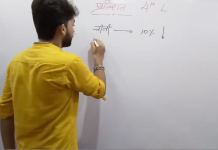PrepScholar GRE prep: http://gre.prepscholar.com
Timing is crucial to doing your best on GRE Verbal. In this video, Erika explains how to master GRE timing!
GRE Verbal Reasoning consists of two, 30-minute sections, each with 20 questions. This means that we get a minute and a half on average to solve each Verbal question. However, there are about a million different question types and formats on the GRE, some of which require more work than others. For instance, Text Completion questions with two blanks will take longer than Text Completion questions with one blank, and Text Completion questions with three blanks will take longer than Sentence Completion questions with two blanks. Similarly, the first Reading Comprehension question of any passage will be on your screen longer than any other question for the same passage, since we need to read the passage before we even start working on the question. And so on. All told, this means that we shouldn’t stick to a rigid 90 second time limit for every question.
So how can we ensure that we stay on track on timing? The first strategy is somewhat counterintuitive: invest time up top to save time later on. There are a few steps in the process of solving a GRE Verbal question that are more valuable than others and that make the following steps easier and quicker — we want to spend most of our time on those steps.
The first valuable step is interpreting what the question is really asking for and what information we already have. Jumping too quickly into solving is a great way to miss out on the fundamentals of a question. For Text Completion and Sentence Equivalence, we want to invest our time in interpreting the relationships between the blanks or between a blank and another part of the sentence — is the word in blank 3 a synonym of the word in blank 1? Is the part of the sentence containing the blank being contrasted with the previous part of the sentence? For Reading Comprehension, we want to invest our time in skimming the passage and interpreting as we go *before* even looking at the questions. Then, for each question, we want to invest our time in interpreting what the question is asking for — the author’s tone? The purpose of a paragraph? The meaning of a word in context?
The second valuable step is predicting. On GRE Verbal, jumping straight into process of elimination is a guaranteed waste of time and a great way to fall into the test maker’s wrong answer traps. For Text Completion and Sentence Equivalence, we want to make a prediction of what we would fill in the blank with if we had no answer choices. For Reading Comprehension, we want to predict how we would answer the question if it was free-response. These predictions don’t have to be perfect — we don’t need to find the perfect word or the most coherent answer. We just need a clear idea of what we’re looking for in the correct answer. Then all we need to do is match our prediction to an answer choice — no need to spend extra time getting convinced by wrong answer traps.
Now, how do we ensure that we stay on track for timing throughout the section? First, recognize that the GRE utilizes a minutes and seconds timer that counts down from the total amount of time per section to zero. This means that for each Verbal section, the timer will read 30 minutes and 0 seconds when we start the section and 0 minutes and 0 seconds when the section is over. This means that when the clock reads 20 minutes, 10 minutes have elapsed since the start of the section and we have 20 minutes left before the section ends. In your practice, make sure to use a countdown timer rather than a stopwatch to get used to quickly interpreting the timer you’ll see on test day. The GRE also gives us the option of hiding the timer — this may be valuable if you look at the timer too frequently and distract yourself, but you’ll never want to have the timer hidden for the whole section. Which leads me to the second point:
Second, set checkpoints for yourself. Like we discussed earlier, each question takes a different length of time. This means that checking the time after each question will do nothing but distract us. However, we should check in on our timing occasionally. I recommend checking in 1-3 times during each 20 question section. I personally like to look after questions 7 and 14, at which points I want to be about 10 and 20 minutes into the section, respectively, or less. This means that I’ll want to have about 20 and 10 minutes left on the timer, respectively, or more.
source













![CY_GATE_2019_PHYSICAL_SPECTROSCOPY_[ELECTRONIC_BASIC]_All IN ONE_[Short_Trick]_2018-19_PART_1ST - Videos](https://trends.edugorilla.com/wp-content/uploads/sites/8/2018/08/cy_gate_2019_physical_spectroscopy_electronic_basic_all-in-one_short_trick_2018-19_part_1st-218x150.jpg)



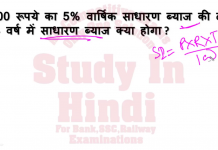
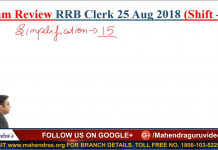

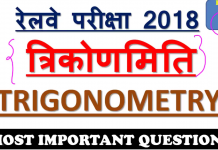
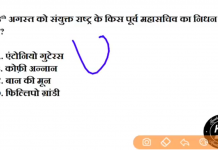
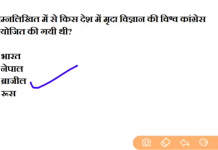
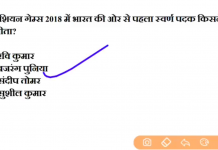




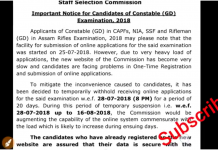



![24 August 2018 – The Indian Express Newspaper Analysis हिंदी में – [UPSC/SSC/IBPS] Current affairs - Videos](https://trends.edugorilla.com/wp-content/uploads/sites/8/2018/08/a520-218x150.png)
